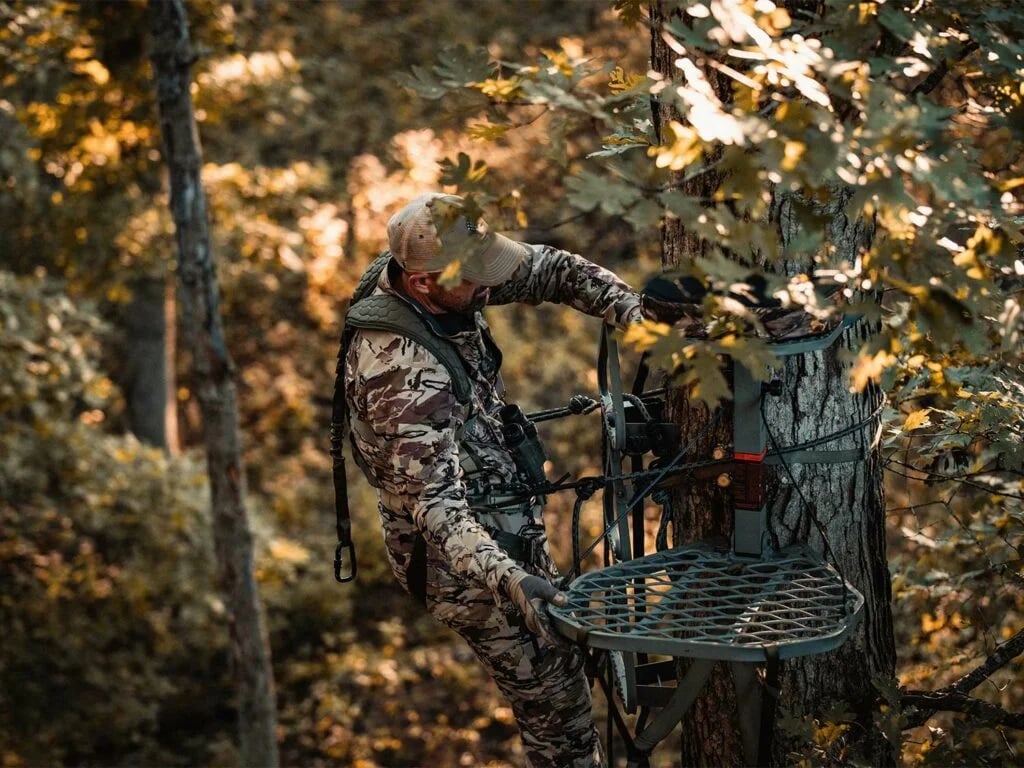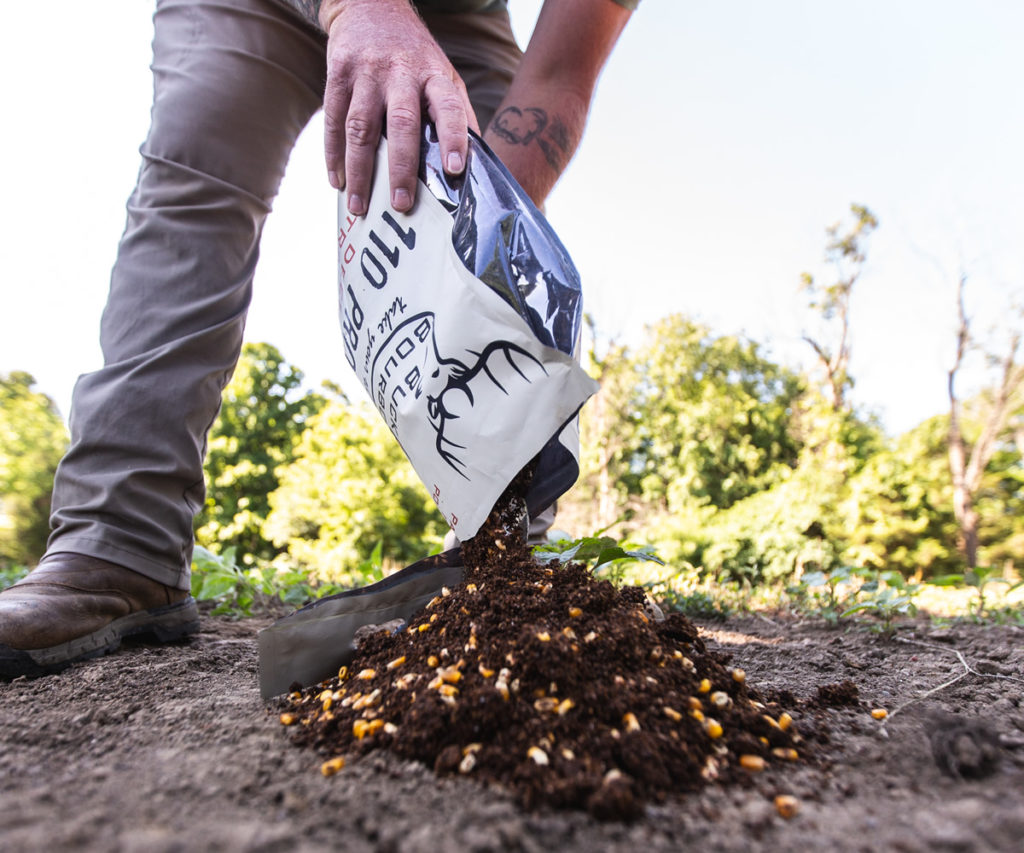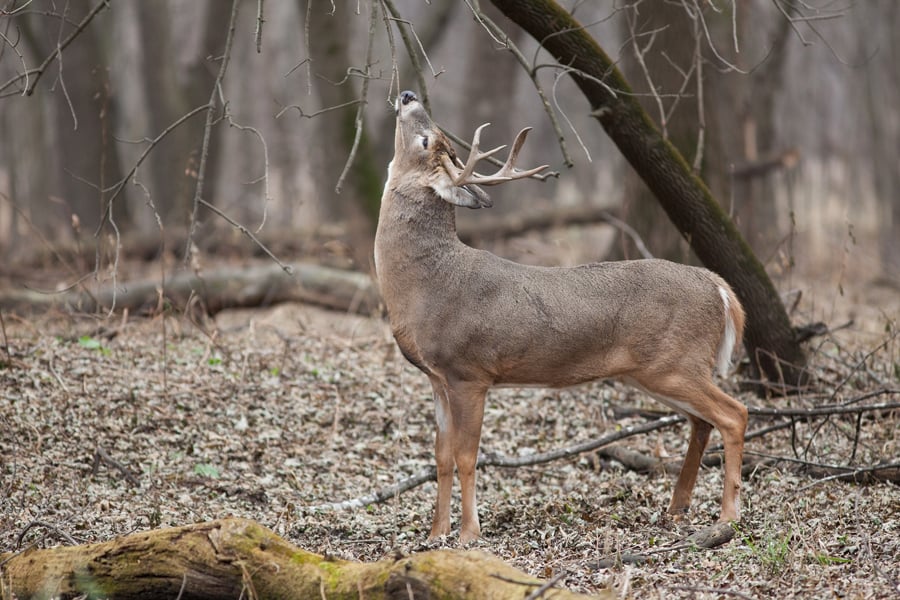
What should every prepared hunter carry for outdoor emergencies?
Anyone that has been out in the wilderness knows that things don't always go exactly as planned.
Jul 3, 2024 | by N Johansson

The crisp autumn air fills your lungs as you settle into your tree stand, eyes scanning the forest floor for any sign of movement. Hours pass, and the woods remain still. No flick of an ear, no flash of white tail. You can't help but wonder: what's the secret to consistently attracting deer to your hunting area?
For many hunters, the challenge of drawing deer within range is a constant struggle. While patience and skill are crucial, sometimes nature needs a little nudge. That's where deer attractants come into play. Whether you're a seasoned pro or a newcomer to the sport, understanding how to effectively use attractants can be a game-changer for your hunting success.
In this comprehensive guide, we'll explore the world of deer attractants – from natural food sources to commercial products and DIY solutions. We'll dive into what works, what doesn't, and how to use these tools ethically and effectively. By the end, you'll have the knowledge to create an irresistible environment that brings deer right to your stand.
So, let's uncover the secrets of the best deer attractants and take your hunting strategy to the next level. Whether you're after that trophy buck or simply aiming to fill your freezer, this guide will help you make the most of every moment in the field.

Deer attractants are substances designed to lure deer to a specific area. These can range from food sources to scent-based products that mimic natural environmental smells.
Hunters use deer attractants to create a controlled environment where predicting deer movements becomes easier, thereby increasing the chances of a successful hunt.
Attractants prove invaluable in the early season as deer establish patterns, during the rut when bucks are chasing, and in challenging weather conditions. For example, a food-based attractant early in the season can help create a feeding routine that regularly draws deer near your stand.
Deer attractants come in various forms, each serving a specific purpose. Understanding these types can help you choose the best attractant for your needs.
Liquid attractants are easy to spread and can cover large areas quickly. They often mimic the scent of food or other deer.
Powder attractants are versatile and can be mixed with soil or food plots.
Granular attractants combine the strengths of liquid and powder forms. They are often nutrient-rich, adding value to the deer's diet.
Spray attractants are highly concentrated and straightforward to use.
Solid sticks offer sustained release over time, making them convenient and durable.
Several brands stand out for their reliability and effectiveness. Here are some top picks:
| Brand | Product | Features | Pros | Cons | Approx. Price |
|---|---|---|---|---|---|
| ConQuest | EverCalm Deer Herd Stick | Mimics deer herd scents, long-lasting | Easy application, durable | Higher price point | $$$ |
| Wildlife Research | Various scent attractants | High-quality, variety in scent attractants | Quality, effective | Can be overwhelming to choose | $$ |
| TINK'S | Estrous and buck lures | Wide range of scents | Versatile, effective scent lures | May require trial and error | $$ |
| Redmond Hunt | Trophy Rock | Mineral-rich, long-lasting | Nutritional benefits, easy to place | Requires strategic placement | $$ |
Using deer attractants effectively can significantly impact your success.
Strategic placement is crucial:

Attractant effectiveness varies with the season:
Understanding deer behavior enhances the effectiveness of attractants:
Being informed about legal considerations and hunting regulations is vital.
Ethically using deer attractants upholds fair chase principles:
Here’s a quick overview:
Some attractants serve dual purposes as nutritional supplements.
Gaining insights from seasoned hunters can offer valuable tips and tricks:
Creating your own attractants can be a cost-effective alternative:
Natural Alternatives: Use food plots or native plants. For example, clover or alfalfa plots serve as food sources and attractants for deer, providing both nutrition and a natural draw to your hunting area.
Example: Planting a mix of turnips, peas, and brassicas can create a diverse and appealing food plot that attracts deer throughout different seasons.
Different regions require distinct attractant strategies:
Understanding common pitfalls can help you avoid them:
Top Mistakes: Overuse of attractants, incorrect placement, and ignoring local regulations are common errors. For instance, placing bait too close to your stand can alert deer to your presence, making them wary of the area.
Best Practices: Proper application, moderation, and ethical standards are crucial. Always consider wind direction when placing attractants to avoid spreading human scent. Additionally, rotating bait sites and allowing areas to rest can prevent deer from becoming nocturnal or avoiding the bait altogether.